In 1999, four years previously Web 2.0, O’Reilly formally characterized the notable showcasing book The Cluetrain Manifesto (Levine, Locke, Searls, and Weinberger) rose out of the Internet culture to test ordinary, corporate advertisers beginning with the still crisp words: “We are not sitting or eyeballs or end clients or purchasers. We are humankind– and our span expands your comprehension. Manage it. “The journalists ‘ clear words “Markets are conversations” were most likely significantly progressively mindful of what might occur in Social networks and media. Along these lines, organizations now understand that they should participate in the conversations to participate in this new market-driven by another customer-driven web-to find out how to tune, talk, work together and end up with their customers, who are the real owners of their brands. Alternatively, organizations are confronted with confinement, insignificance, and outdated quality. Web 2.0 and the social network explicitly imply different ways in which organizations have to find out how to continue and give up control. This paper covers the many central parts of this change.
Essential messages in the Clue train Manifesto for business organizations?
As you have seen, the accessibility of Web 2.0 applications changes the way people carry on and the way they take things into account. This improved approach to believing is reflected in an energetic review of 95 theories called the Cluetrain Manifesto (cluetrain.com). Perhaps its first postulation illustrates the essential rule of the Manifesto: markets are conversations.
Other sorted Manifesto portions are listed in Table 1.0. Active organizations will after some time figure out how to connect with clients in conversations as an option to the unidirectional or communicate specialized technique. While the Clue train Manifesto seemed optimistic, unreasonable, and progressive in 1999, we are starting to see more instances of organizations discovering approaches to change these standards without hesitation.
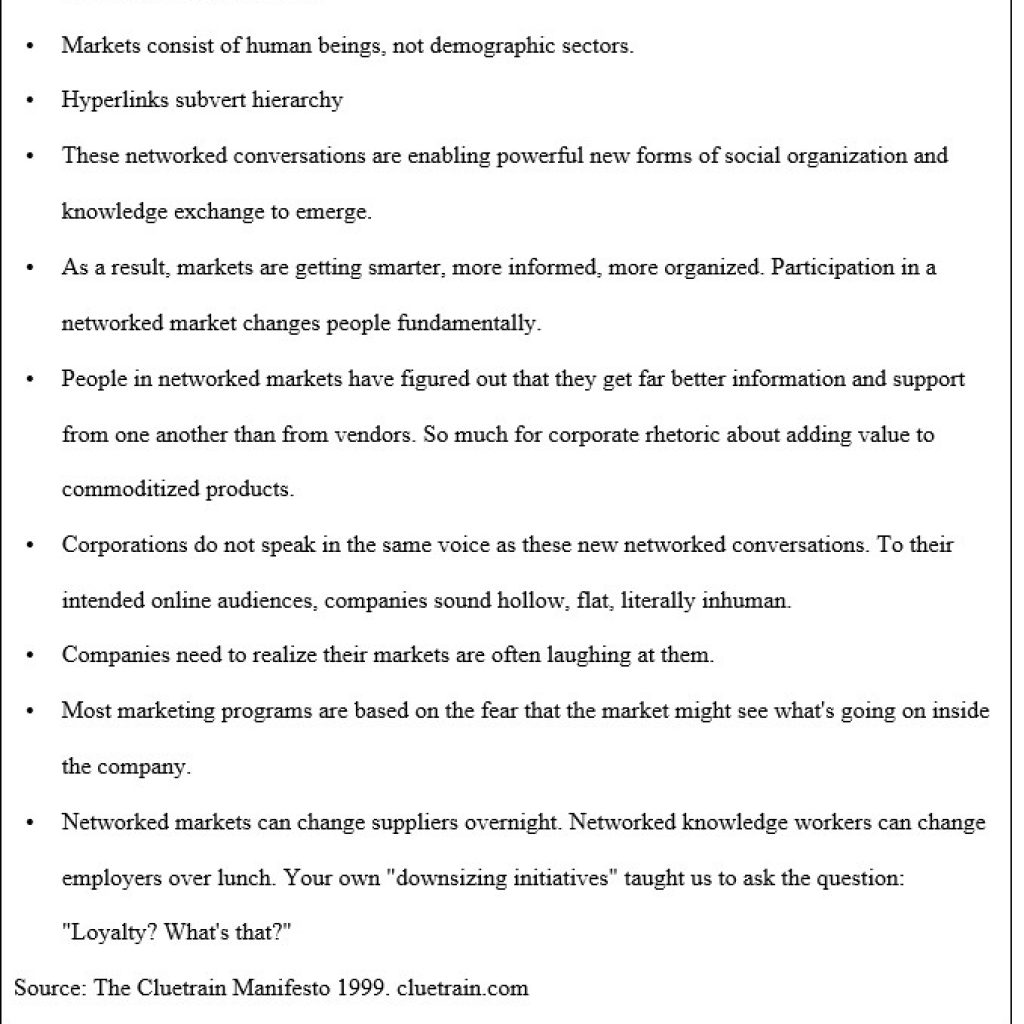
Due to the moderately minimal effort and usability, online networking is incredible power for democratization; the system structure permits mass correspondence and joint effort.
Most organizations still battle with the discussion idea. Organizations that perceive what they call the groundswell ‘s control. Groundswell is an unconstrained development of individuals utilizing on the web devices to associate, assume liability for their understanding, and get from one another what they require data, bolster, thoughts, items, and arranging power. Organizations figure out how to take an interest by utilizing Web 2.0 instruments to execute incorporated Integrated Social Media (ISM) strategies.
Why is Web 2.0 calling the Social Web?
While applications named Web 2.0 must be an expansion of prior developments, changes in client attitudes are the most critical for organizations around the world. The new advancements drastically increment individuals’ capacity to communicate with organizations, to share and discover data, and to manufacture connections. This view clarifies why Web 2.0 is regularly alluded to as the social web.
Traffic versus Connections
Advertising experts and media experts isolate pleasantly into two gatherings: the first are those, who read and by large endorse the Cluetrain Manifesto, and others are those, who do not endorse it. It is a test that ought to be utilized when you meet somebody in the digital business. It draws a reasonable line over the venture. Supporters see the web as a relationship’s network, non-adherents consider it to be a traffic network.
Cluetrain ‘s most significant lesson is that institutional change takes time. The social and organizational impact of the internet will take generations to work.
You may want to visit this articles
Google Analytics Dashboard, how it can use in Business Intelligence (BI) to inform the viewers?
Security Threats to Information and Infrastructures
The role of centralized and decentralized IT operations on the implementation and maintenance of specialized information systems
What tools or applications are needed to describe Web 2.0
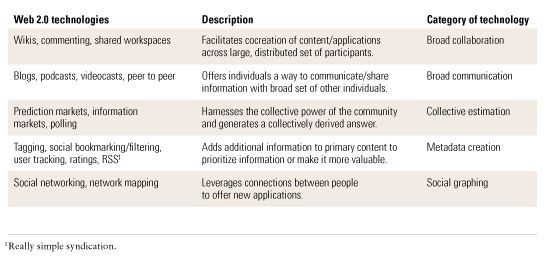
Blogs
The blog is another way to say “Web Log “and is where clients present data routinely on be perused by others. Blogs empower perusers to comment on each post. Blog creators share conclusions, comments, news, specialized guidance, individual stories, and so forth utilizing this methodology. Online journals can generally be made rapidly and are being used as a method for correspondence by people and organizations. WordPress, Blogger, and Typepad are anything but easy to utilize the product.
Wikis
A wiki is a site that enables many individuals to refresh or include data on the site. Wikis are community-oriented work, which profits by numerous members ‘ endeavors. Wikipedia is an online reference book that is the most well known in general Internet reference work. Organizations can make wikis for an item and furnish representatives and clients with data that shape a learning base for the individuals who require item data.
Service of social networking
A Social Networking Service is such a platform where people, who are characterized by a profile, can interface with others. This communication can appear as posting messages, sharing photos or recordings videos, live streaming, sharing connects to online material, texting, and so on.
Sharing Sites
A few sites share unique kinds of media, including video, sound, and pictures. YouTube is the most outstanding video file-sharing site. Be that as it may, YouTube is additionally a social networking platform where users connect by commenting on video recordings, posting video reactions, making and sharing video playlists, and notwithstanding making video content channels.
Mashups and Widgets
Gadgets or widgets are independent projects that can be coordinated into site pages, online journals, social media profiles, and even computers desktop. Tickers, guest counters, climate correspondents, and visit chat boxes are regular gadgets. Organizations regularly bolster the advancement and circulation of widgets to advance themselves. For example, ESPN.com offers clients an assortment of gadgets that can get and show sports data, for example, game details, scores, news, and programming.
Simple Syndication (RSS)
RSS channels enable clients to include information that changes consistently, for example, blog posts, news stories, sound, and video to a secluded area called a news aggregator or RSS pursuer. RSS pushes the client’s content with the goal that they evade the inconvenience of visiting some unusual destinations to acquire the data they need. MySyndicaat, GoogleReader, and Bloglines are most loved RSS pursuers. RSS enables clients to oversee content and to channel and show information in manners that they find generally supportive. RSS pursuers are a specific application for a mashup.
Tag Clouds and Social Bookmarking
Individuals have generally followed the websites; they needed to recall utilizing their favorites list or web browser’s bookmark. These strategies empowered clients to store and arrange site addresses in their made folders. Using self-characterized labels, for example, “colleagues, ” travel “and “IT merchants, “clients can seek destinations utilizing these labels. You can likewise label online substance posted on websites, for example, Flickr and YouTube, which enables different clients to locate this substance.
How business can market by using social media
Considering the significance of promoting to enhance the intensity of organizations and their developing reliance on social media, the strategies for using social media in each organization and the advantages that can be gotten through them must be dissected. The connection between organizations can be found in two dimensions; external and internal. Right off the bat, a few organizations as of now have inward correspondence channels, for example, a closed network or a wiki. By building up these sorts of systems, they can have a superior informal community to defeat inner obstructions to organization administration to settle on creative and productive choices. For instance, the “Blue Shirt Nation “of Best Buy has fortified inward systems and enabled free feeling to be conveyed intentionally enhanced worker contribution, and expanded interest in organization programs.
Another significant advantage is the developing number of organizations presenting web 2.0 frameworks that add to the trading of thoughts to pick up client understanding of what sorts of publicizing and practices they like. Hearing the voices of clients accelerates the necessary leadership of the organization significantly affects the aggressiveness of the organization. For instance, the data analytics team of Sprint endeavors around there and accentuates the significance of real-time data continuously and the provoke execution of ideal choices.
While web 2.0 applications have turned out to be fundamental for advancement, organizations additionally utilize social media for outer advertising. To start with, a few organizations have set up their site for market portions. Amazon and eBay, for instance, have propelled a place for adolescents and different retailers who are reluctant to show up on TV plugs. On the site, buyers counseled and prescribed each other to their locale. Web-users worked around brands and ways of life increment the feeling of gathering recognizable proof of clients, prompting more prominent brand mindfulness, item steadfastness, and at last better consumer loyalty.
Likewise, numerous organizations still offer their innovative work process with their client network today. For instance, the online T-shirt organization, threadless.com, enables individuals to post their plans and the organization mass creates and moves buyer produced structures dependent on the rankings of different individuals, giving the architect a decrease in benefits. The presentation of the plan not only distinguishes advertising requirements and customer inclinations quickly but also reduces R&D costs and higher stock turnover to reduce costs and increase aggressiveness.
By and large, outside consequences for showcasing through social networks enhance consumer loyalty, make a feeling of the community network, raise brand mindfulness, and enhance the efficiency of the organization.
The Web 2.0 era of business strategy
Since Web 2.0 spotlights on a two-way correspondence framework, the organization has now put its item data on sites dependent on Web 2.0, and purchasers can audit, comment, and offer their involvement with different buyers about the items they recommend. Information from the criticism or feedback of customers can enhance the promoting technique of the organization, which can prompt expanded deals and consumer loyalty. More organizations have likewise built up a network entry with the social and network components of Web 2.0 to associate with their crowds on the web. Web 2.0 could enhance its proficiency and profitability in organizations. Yelp can be a genuine case of business advancement with regards to Web 2.0.
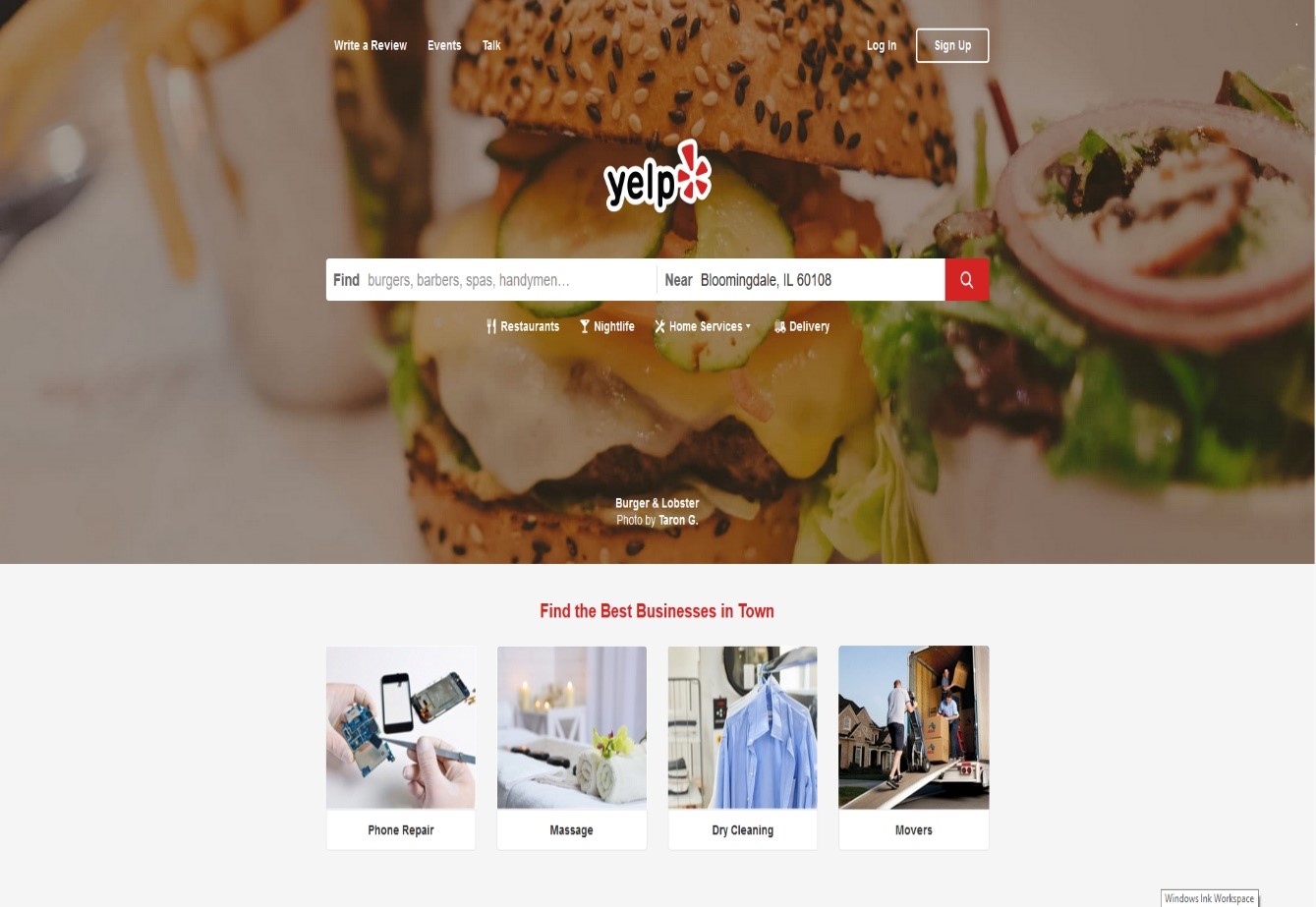
The other users can access data based on actual user reviews, as well as companies that can help them find out which brands or concepts can be continued or taken off the market.
Business improvement, be that as it may, does not depend primarily on a progressively unique number of groups of onlookers and their input, the same amount of online watchers are inactive. The organization’s responsibility is then a vital factor in rousing the group of onlookers’ cooperation. For instance, the brand can give answers or remarks on the post or reviews of the gathering of people or after-deals service to expand the steadfastness and love of the group of onlookers, which can add to a long-haul connection between the organization and its crowd. It is a humankind relationship that Web 2.0 encapsulates through the Internet. Zappos, the US online mold retailer, has conveyed its site client’s satisfaction for its dynamic commitment to client benefit.
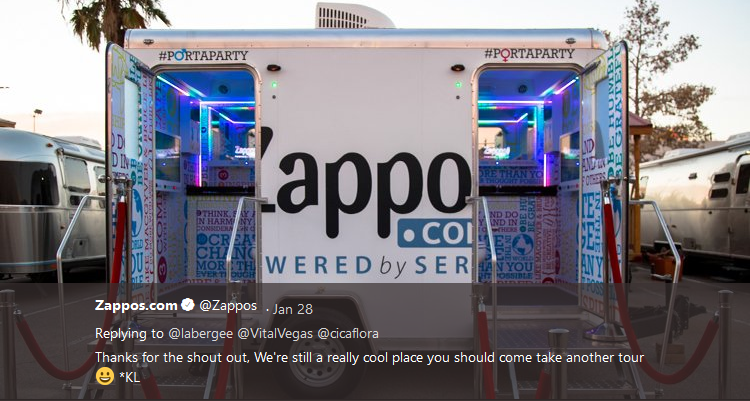
It does have a quick response to customer demands, although this is not inherently built to be a customer care channel, the squad here answers customer-related inquiries and helps instead of just shrugging them off towards the correct channel.
In short, the marketing tactic for more developing Web 2.0 must consider both viewer interaction and company interaction, as Web 2.0 promotes communication between viewers and companies.
Mobile 2.0 as the Web 2.0 future
Web 2.0 is no longer just a PC experience Cell phones are winding up progressively essential as customers utilize versatile applications to discover their direction, talk with companions using microblogs, shop with the advanced wallet, and track their RSS channels. Google has informed and made its own Android versatile working framework that exploits Google’s popular PC applications, for example, Google Maps, Google Calendar, Google Video, and so forth.
Google chose to enable the Linux-based Android OS to be open source in Web 2.0 mold and urges outside developers to enhance the OS by including another application. Later on, the versatility of data and usefulness between the PC and the telephone will expand Google Android and new portable applications to make Web 2.0 an inescapable piece of the lives of individuals.
Conclusion
You have less than necessarily stored business software and more liquid and responsive techniques to think about your content technologies to flourish in a Web 2.0 world. Should not equate authority with complexity. Simplicity enables customers to be proactive, inventive, and perhaps happier. The substance should be treated as an organization’s living and developing part, not as static resources. Excellent material promotes correspondence and data trading. It should be imaginable to reach and engage people in a dynamic discussion in general. After some time this procedure improves content rather than debasement. Traditional business software guaranteed the institutionalization and mechanization of the employment of persons, but the result was limited and drowsy. Streamlined Web 2.0 innovation adopts the opposite strategy. They try to draw on the customer with a fun and entertaining knowledge and ask the customer to put resources into his imagination to create a better asset. They give the client an opportunity with the expectation that an unexpected development will take place. Web 2.0 clients have a more comprehensive view than a quick assignment. They need to be fundamental in their commitment and move forward if the interface is usable. This experience must be provided by technology and its contribution made.
Reference
Dunwoodie, Brice (2007a, April 23). What is Web 2.0 CM (Part 2). Retrieved February 2, 2019, from https://www.cmswire.com/cms/web-cms/what-is-web-20-cm-part-2-001223.php
Dunwoodie, Brice (2007b, April 12). What is Web 2.0 Content Management? (Part 1). Retrieved February 2, 2019, from https://www.cmswire.com/cms/web-cms/what-is-web-20-content-management-part-1-001187.php
Farrell, Keith (2008, February 22). Web 3.0: What’s Next After What’s Next. Retrieved February 2, 2019, from https://www.forbes.com/consent/?toURL=https://www.forbes.com/2008/02/22/google-yahoo-internet-ent-tech-cx_bm_0222bmightyweb3.html
Floyd, Jeremy (2012, September 6). Digital Marketing – Cluetrain Manifesto Favorite Theses of MKT 5000. Retrieved February 2, 2019, from http://www.jeremyfloyd.com/2012/08/all-aboard-the-cluetrain-is-still-a-good-ride-even-after-all-these-years/
Gourvennec, Yann (2010, March 3). The Cluetrain Manifesto: 5 Essentials for Social Media Success. Retrieved February 2, 2019, from https://www.cbsnews.com/news/the-cluetrain-manifesto-5-essentials-for-social-media-success/
Ingram, Mathew (2015, January 9). Cluetrain: We have met the internet’s enemy, and he is us. Retrieved February 2, 2019, from https://gigaom.com/2015/01/09/cluetrain-we-have-met-the-internets-enemy-and-he-is-us/
Jason Frazier (2018, March 29). The war is over: Web 2.0 won. Retrieved February 2, 2019, from https://www.housingwire.com/blogs/1-rewired/post/42955-the-war-is-over-web-20-won
Levine, Locke, Searls & Weinberger (1999). The Cluetrain Manifesto. Retrieved February 2, 2019, from http://cluetrain.com/
Halligan, Brian (2009, November 3). Did the Clue Train Stop at Your Marketing Department? [Blog post]. Retrieved February 2, 2019, from https://blog.hubspot.com/blog/tabid/6307/bid/5264/Did-the-Clue-Train-Stop-at-Your-Marketing-Department.aspx
Social CRM Comes Of Age – Computerworld Uk. (n.d.). Retrieved from https://www.computerworlduk.com/cmsdata/whitepapers/3203130/social%20crm.pdf
People Of Earth – The Cluetrain Manifesto. (n.d.). Retrieved from http://cluetrain.com/cluetrain.pdf
Owens, Simon (2009, March 27). ‘Cluetrain Manifesto’ Still Relevant 10 Years Later – MediaShift. Retrieved February 2, 2019, from http://mediashift.org/2009/03/cluetrain-manifesto-still-relevant-10-years-later086/
Quarterly, McKinsey (2009a, September). How companies are benefiting from Web 2.0. Retrieved February 2, 2019, from https://www.mckinsey.com/business-functions/digital-mckinsey/our-insights/how-companies-are-benefiting-from-web-20-mckinsey-global-survey-results
Quarterly, McKinsey (2009b, February). Six ways to make Web 2.0 work. Retrieved February 2, 2019, from https://www.mckinsey.com/business-functions/digital-mckinsey/our-insights/six-ways-to-make-web-20-work
Shields, Lance (2008, November 19). How Web 2.0 is Changing the World of Marketing. Retrieved February 2, 2019, from https://www.slideshare.net/lanceshields/how-web-20-is-changing-the-world-of-marketing-presentation
Sun, Xiaoyu (2016, April 22). How businesses use Web 2.0 to further their development? [Blog post]. Retrieved February 2, 2019, from https://meco6936.wordpress.com/2016/04/22/how-businesses-use-web-2-0-to-further-their-development/
The Cluetrain Manifesto: Markets as Conversations. (2015, August 15). Retrieved February 2, 2019, from https://www.snb.com/the-cluetrain-manifesto-markets-as-conversations
Waddington, Stephen (2016, March 10). ‘The internet is a conversation’: Lessons from the Cluetrain Manifesto 17 years on. Retrieved February 2, 2019, from https://www.thedrum.com/opinion/2016/03/10/internet-conversation-lessons-cluetrain-manifesto-17-years
Weinberger, David, & Searls, Doc, (2015, January 8). New Clues: Hear, O Internet… Retrieved February 2, 2019, from http://newclues.cluetrain.com/
Woods, Randy (2008, May 28). The prescience of the Cluetrain manifesto and the genesis of web 2.0. Retrieved February 2, 2019, from http://www.nonlinearcreations.com/Enterprise/how-we-think/articles/2008/05/The-Prescience-of-the-Clue-Train-Manifesto.aspx
Zorzini, Catalin (2018, August 17). How Social Media Can Act as a Primary Sales Channel for Your Business [Blog post]. Retrieved February 2, 2019, from https://blog.marketo.com/2018/08/how-social-media-can-act-as-a-primary-sales-channel-for-your-business.html











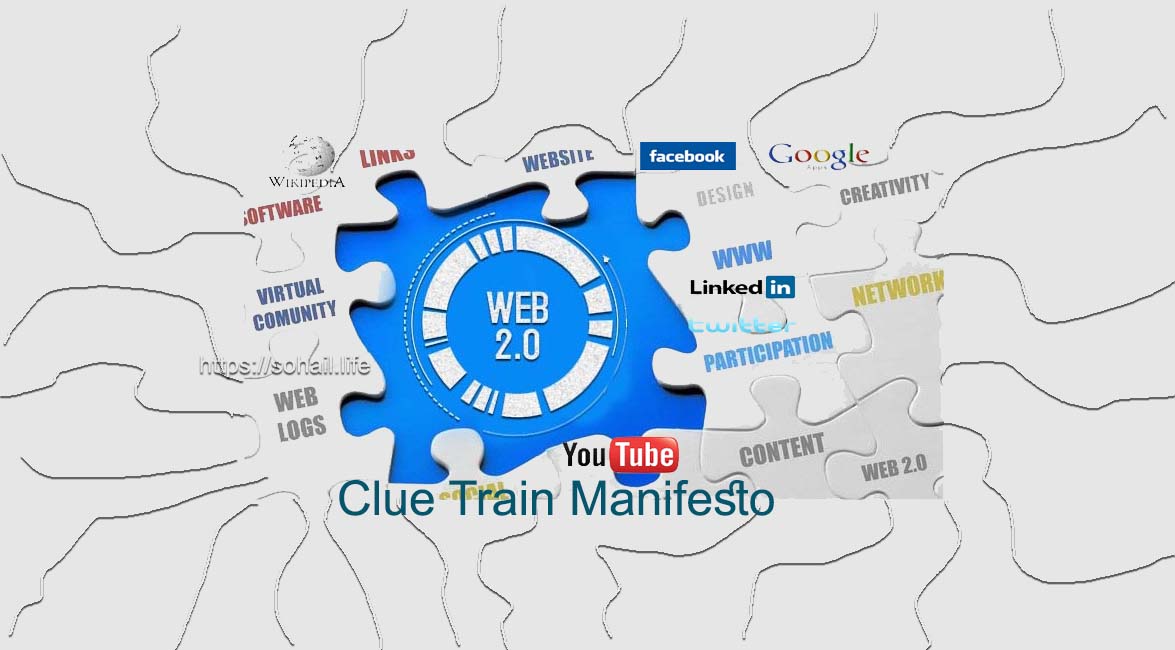

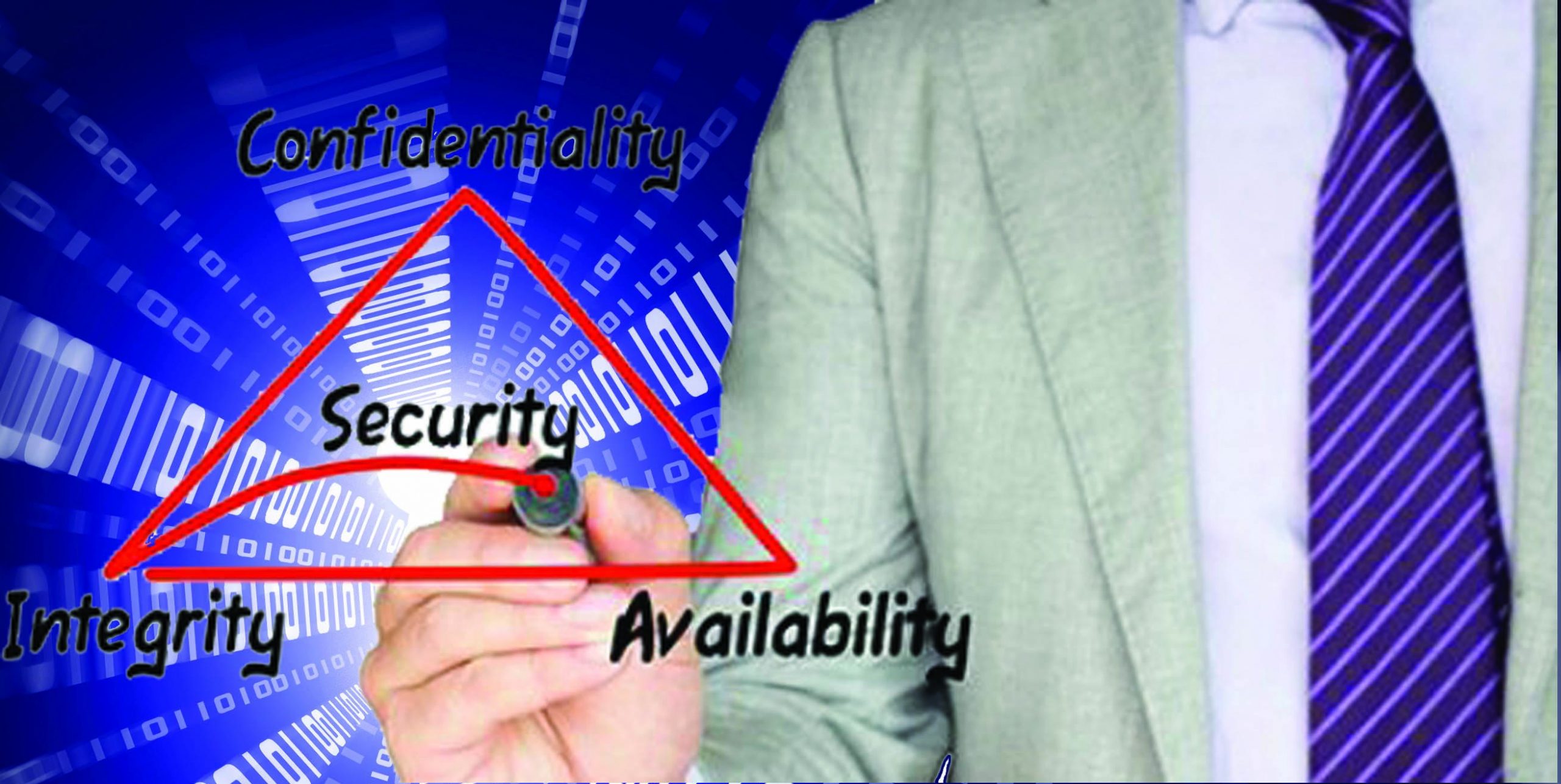

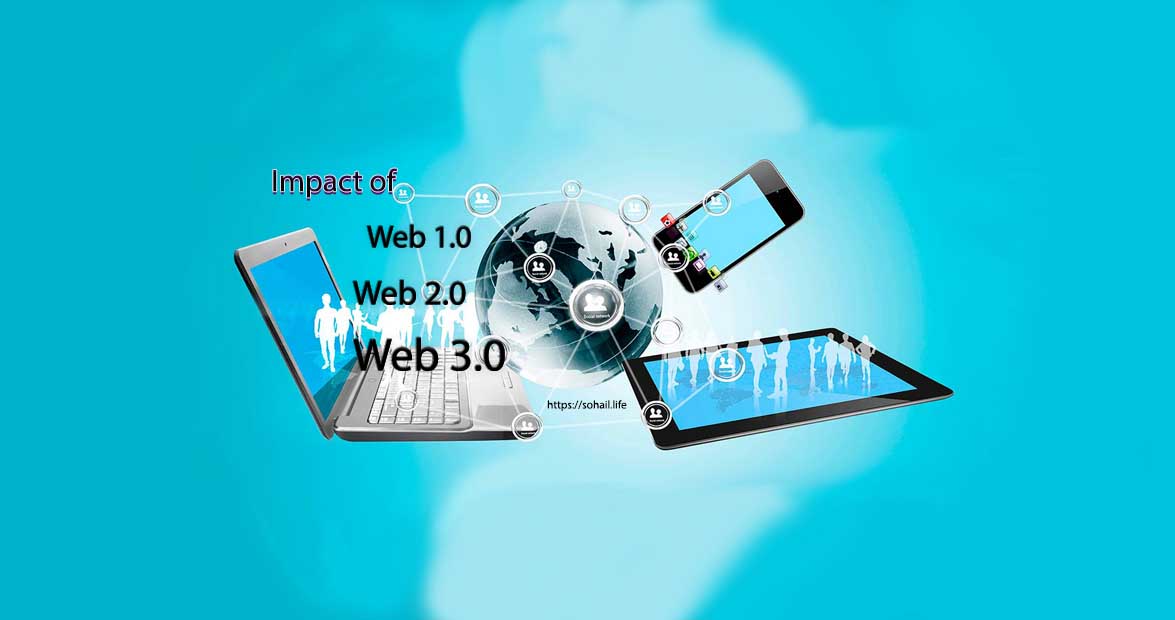
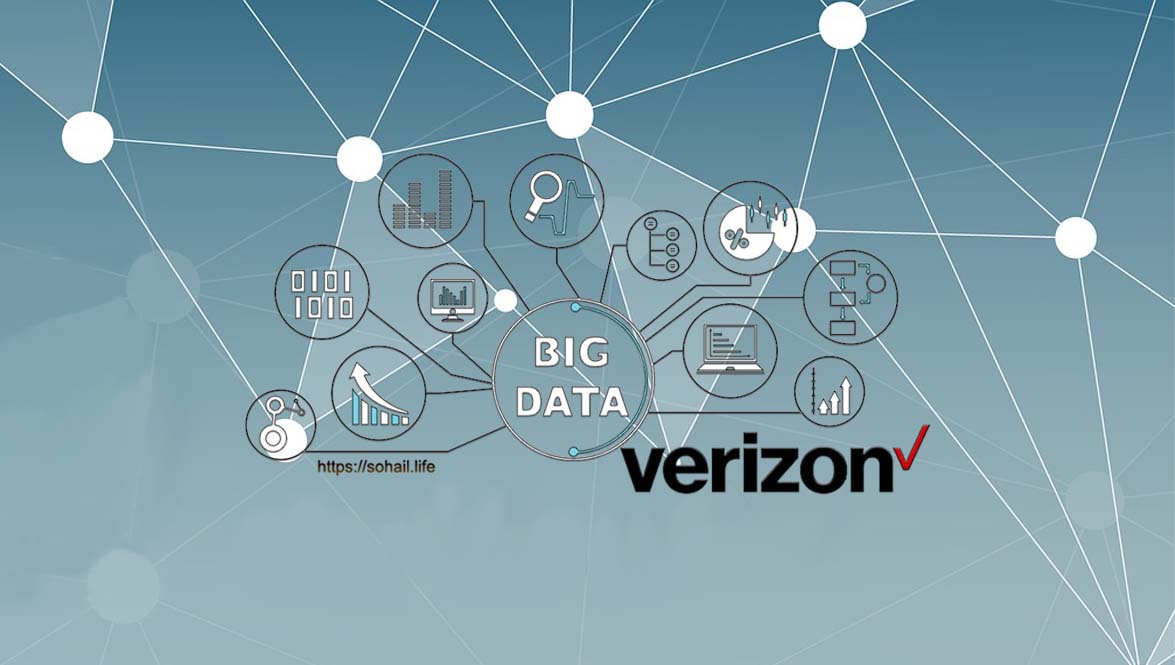
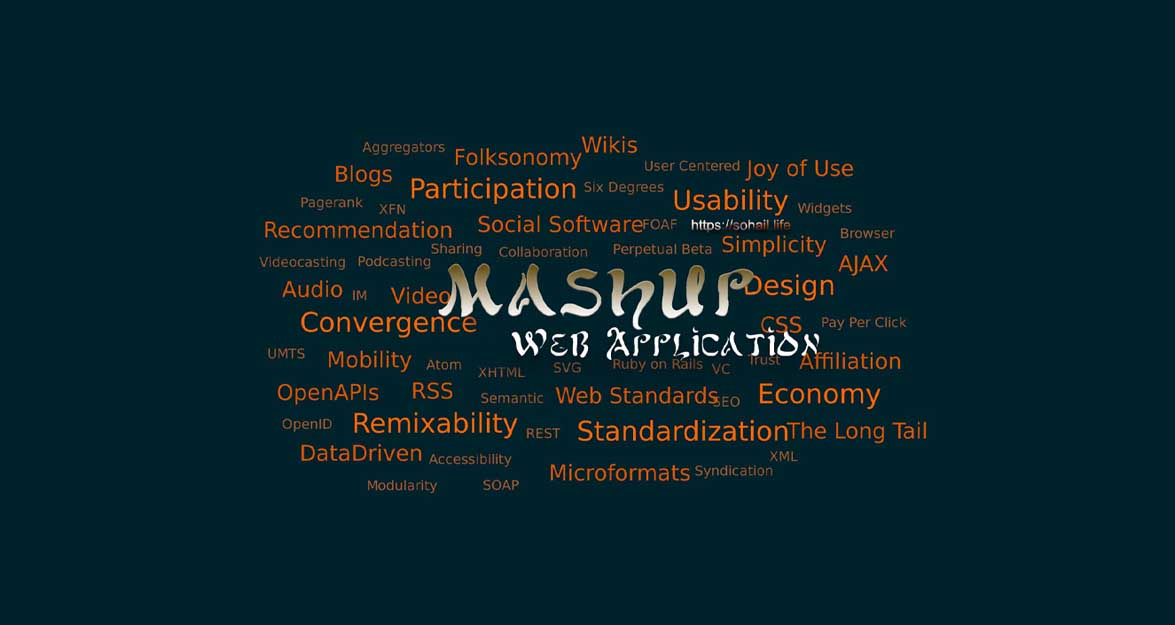
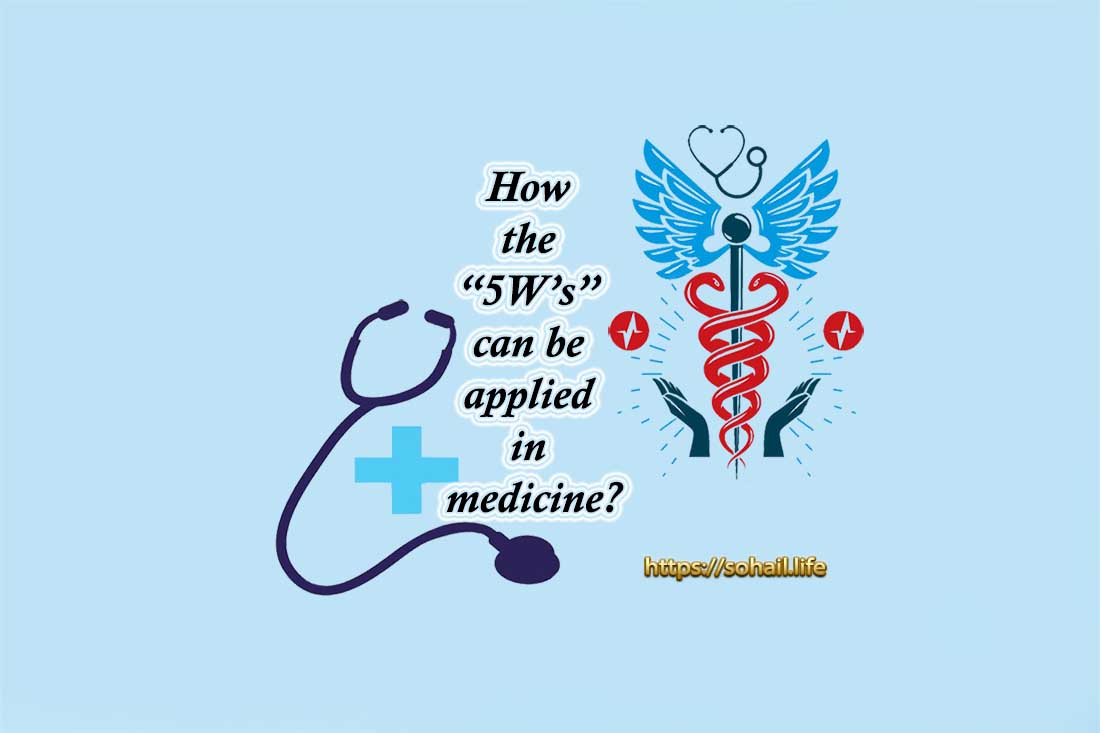





Like!! I blog quite often and I genuinely thank you for your information. The article has truly peaked my interest.